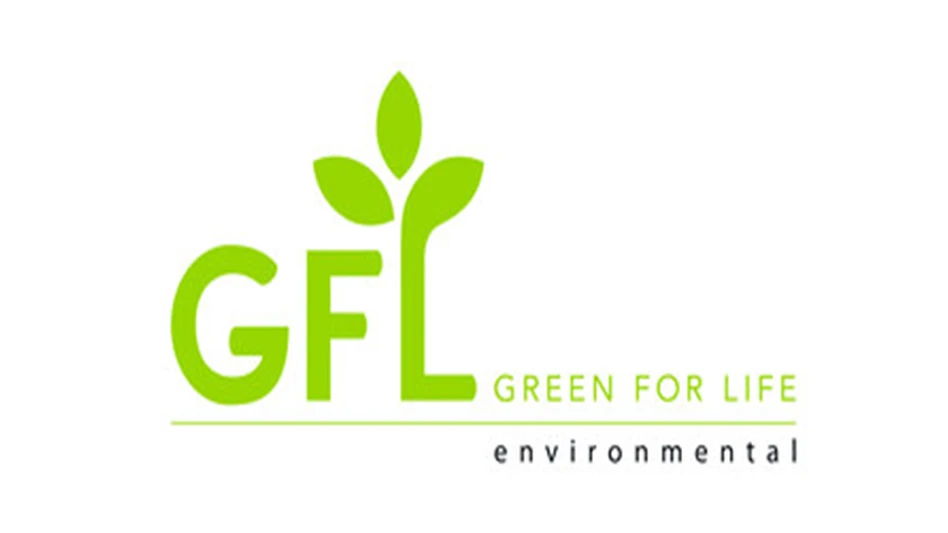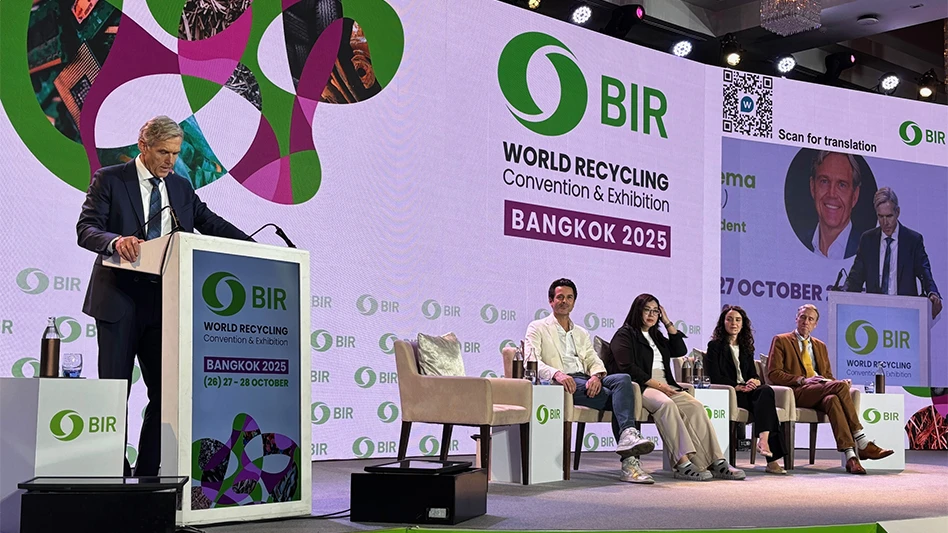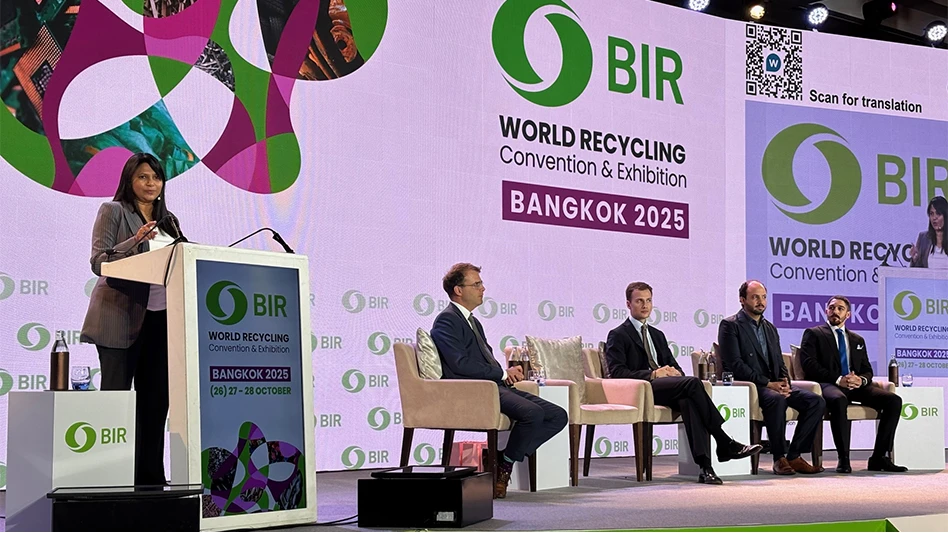Greenwich, Connecticut-based GXO Logistics Inc. says its most recent global survey on trends in e-commerce and returns shows a recent boost in increased e-commerce activity is likely to lead to higher returns volumes.
GXO, which describes itself as the world’s largest pure-play contract logistics provider, says its survey indicates 36 percent of the retailers who responded say online returns have increased in the past 12 months.
Returned retail and commercial goods meet numerous fates, with some small appliances and electronic items heading into the electronics refurbishing and recycling stream. Other items may be destined for a secure destruction facility to divert them from a potential black market.
On the sustainability and recycling front, the same survey indicated 57 percent of household consumers say having a sustainable returns program is an important factor they make a purchase online.
The well-documented increase in online buying also means some 72 percent of retailers are investing to upgrade in their returns management processes, according to GXO. More than a quarter of retailers surveyed have recently invested in additional warehouse space, while 37 percent of them said returns have increased their operational costs.
Retailers are “looking for a technologically advanced logistics partner with scale to support their e-commerce growth, including a rising need for returns management that requires specific expertise in technology to optimize inventory,” says Richard Cawston, president of European operations for GXO.
GXO says growing e-commerce demand also means as many as 35 percent of goods bought online are returned and it is trying to help by providing “reverse logistics solutions at greater scale.”
The company’s retailer survey involved 360 respondents representing companies of various sizes in the United States, United Kingdom, France and Spain. The consumer statistics were derived from approximately 4,000 global respondents.
Get curated news on YOUR industry.
Enter your email to receive our newsletters.
Latest from Recycling Today
- Thommen Group acquires stake in battery service firm
- MRAI seeks aluminum recycling tax breaks
- Auto salvage and recycling facility site of fatal plane crash
- Komatsu invests in Canadian distribution center
- Aerosol can features Elysis primary aluminum, recycled content
- Smurfit Westrock CEO says Q3 characterized by ‘challenging months’
- Northeast Recycling acquires Arrow Container Services
- Textile Renewal Alliance debuts brand, website to support California’s textile EPR law





